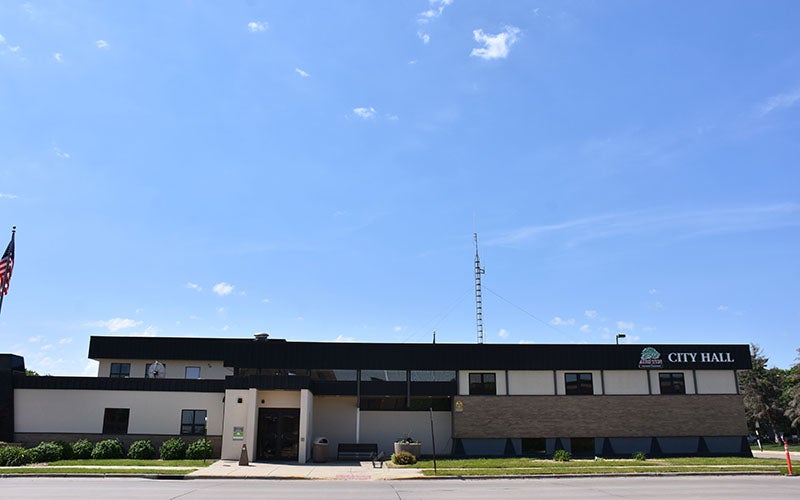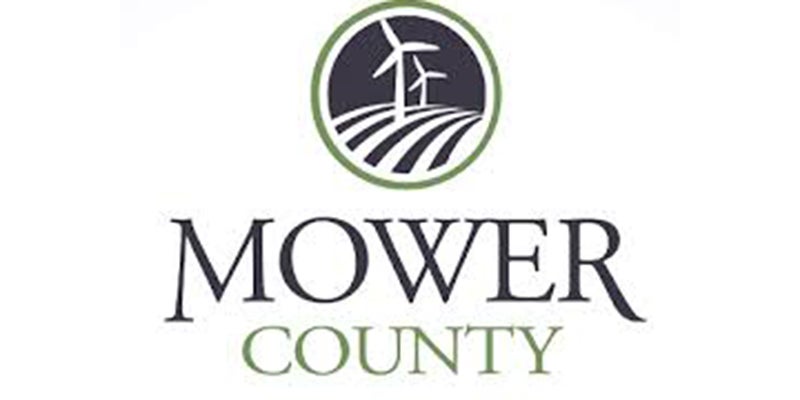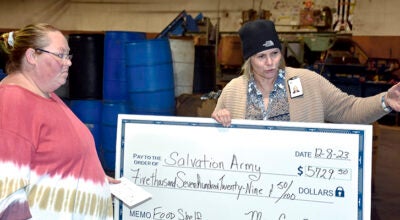Mussel exhibit at the Nature Center in early stages
Published 7:13 pm Friday, March 4, 2022
|
Getting your Trinity Audio player ready...
|
County gives the go-ahead to use AIS reserves
The Jay C. Hormel Nature Center is in the very early stages of trying to add another exhibit that would open up the world of mussels to visitors.
Friends of the Nature Center President Tim Ruzek presented the idea to the Mower County Board of Commissioners during their meeting Tuesday, in which commissioners authorized the use of $15,000 in Aquatic Invasive Species (AIS) reserves.
According to Ruzek, $10,000 of that amount was originally earmarked for an intern that would split time between the Mower Soil and Water Conservation District and the Nature Center, with some of that work concentrating on AIS.
However, the person that had originally been pegged for the position wound up taking a full time job elsewhere, and so the request came in to use that money out of the AIS reserves along with an extra $5,000 to pay for that part of the exhibit.
“The Friends approved up to $144,000, but that’s not guaranteed,” Ruzek said of the price tag for the entire exhibit. “That’s just the maximum amount.”
While a significant portion of the exhibit would be dedicated to AIS, including zebra mussels, the entire exhibit would focus on being an all encompassing source of information on all mussels, which has a rich, fairly unknown history in Mower County.
“Zebra mussels will be a part of the exhibit. The AIS component is definitely going to be part of it,” Ruzek said. “It’s a good opportunity to educate the public.”
Over the last couple years, the Minnesota Department of National Resources, in partnership with local groups, has introduced an effort to reestablish mussels in Mower County in Dobbins Creek.
They’ve established a breeding colony in East Side Lake and when the mussels reach the proper maturity are transferred elsewhere. The presence of mussels in rivers helps directly with river conservation efforts to clean the water.
In the past, mussels were an integral part of river and creek systems in Mower County, but over harvesting decimated the population more than a century ago in search of rare pearls.
“It’s a really interesting project. Mussels are very intriguing animals,” Ruzek said.
Ruzek said conceptual designs of what the exhibit might look like could be available this month still.
“We’re meeting as a committee at this point,” Ruzek said. “[The exhibit] will cover the history and the life of the mussel and we’ll talk about ways to do that in the exhibit. It’s definitely in the preliminary stages right now.”
County to purchase updated voting equipment
Commissioners on Tuesday approved the purchase of new election equipment, however, it will come with a change in how that equipment is paid for.
According to Mower County Auditor/Treasurer Scott Felten, the county will be purchasing new assistive voting devices (AVDs) and optical scan ballot tabulating machines, which would replace older machines used at polling places.
There was also a request to purchase a central count machine used to tabulate votes from absentee and mail ballots.
Initially, funds would have come from the Voting Equipment Grant Account (VEGA) program, making use of predetermined dollars. Counties would receive 50% of the money needed for eligible equipment based on a priority system.
The AVDs and the optical scan ballot tabulating machines were classified as Priority 1, while the central count machine was listed as a Priority 2 item.
However, the VEGA program saw a large number of grant applications from around the state , which exceeded the money available, Felten said.
Priority 1 items are now awarded on a prorated basis with no grants being awarded for Priority 2 items. Felten said the county will receive about 69%, or around $80,500 of the requested grant amount for AVDs and optical scan ballot tabulating machines.
In turn, the grant money will cover about 34.5% of the cost of those machines with the county adding 15.5% of the cost not covered due to the reduced grant amount and the local cities and townships will need to pay 50% of the cost as a local match.
In order to secure the central count machine, both the county and cities and townships will need to pay 50% of the costs.
A couple different factors are driving the need to replace the machines. The first reason is age. The current machines utilized in elections are over 15 years old.
There’s also a need for a software upgrade, which the old machines won’t accept.




